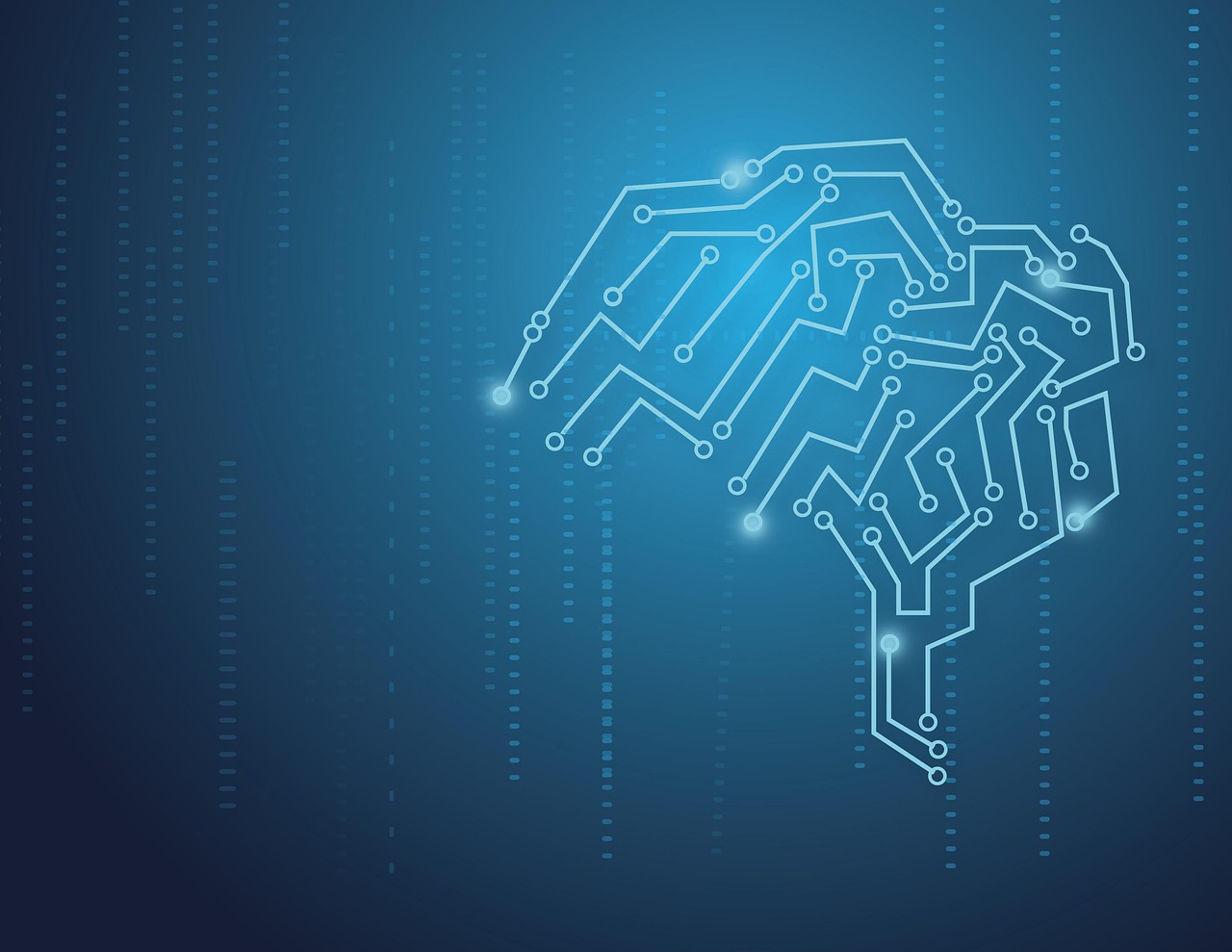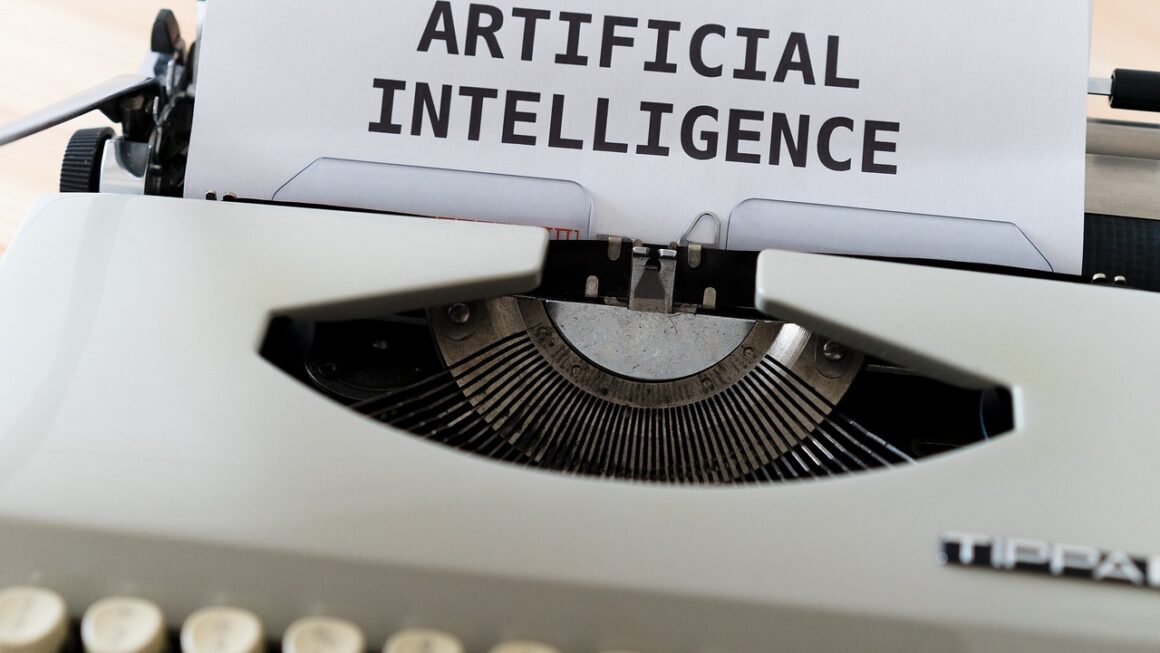The buzz around Artificial Intelligence (AI) is deafening, and for good reason. It’s no longer a futuristic fantasy; AI is reshaping industries, creating new opportunities, and fundamentally changing how we live and work. But beyond the hype, lies a landscape brimming with tangible possibilities. Whether you’re a business owner, an entrepreneur, or simply curious about the future, understanding and leveraging AI is becoming increasingly critical. This blog post will delve into the exciting world of AI opportunities, exploring key areas where AI is making a significant impact and providing actionable insights for navigating this transformative technology.
Revolutionizing Business Operations with AI
AI offers businesses unprecedented opportunities to optimize operations, enhance efficiency, and gain a competitive edge. By automating tasks, analyzing data, and providing intelligent insights, AI empowers businesses to make better decisions and achieve greater success.
Automating Repetitive Tasks
- Robotic Process Automation (RPA): Automate mundane, repetitive tasks like data entry, invoice processing, and report generation. RPA frees up human employees to focus on more strategic and creative work. For example, a bank can use RPA to automatically process loan applications, reducing processing time and improving customer satisfaction.
- Customer Service Chatbots: Implement AI-powered chatbots to handle routine customer inquiries, provide 24/7 support, and resolve common issues. This reduces the burden on human agents and improves customer response times. Many e-commerce companies use chatbots to answer frequently asked questions about order status and shipping information.
Enhancing Data Analysis and Decision Making
- Predictive Analytics: Use AI algorithms to analyze historical data and predict future trends, enabling businesses to make informed decisions about inventory management, marketing campaigns, and risk assessment. A retail company could use predictive analytics to forecast demand for specific products and optimize inventory levels, minimizing waste and maximizing profits.
- Business Intelligence (BI) Tools: Leverage AI-powered BI tools to extract meaningful insights from large datasets, identify patterns, and visualize data in a way that is easy to understand. These tools empower decision-makers to make data-driven decisions and improve business performance.
Improving Customer Experience
- Personalized Recommendations: Implement AI-powered recommendation engines to provide personalized product recommendations to customers based on their browsing history and past purchases. This enhances customer engagement and drives sales. Online streaming services use recommendation engines to suggest movies and TV shows that users are likely to enjoy.
- Targeted Marketing Campaigns: Use AI to analyze customer data and create targeted marketing campaigns that are tailored to individual customer preferences. This increases the effectiveness of marketing efforts and improves customer acquisition and retention rates.
AI in Healthcare: Transforming Patient Care
AI is poised to revolutionize healthcare, improving patient outcomes, streamlining operations, and reducing costs. From diagnostics to drug discovery, AI is making a significant impact across the healthcare spectrum.
Enhancing Diagnostics and Treatment
- AI-Powered Imaging Analysis: Use AI algorithms to analyze medical images, such as X-rays, MRIs, and CT scans, to detect diseases and abnormalities with greater accuracy and speed. This can help radiologists diagnose cancer at an earlier stage, leading to better treatment outcomes.
- Personalized Medicine: Develop personalized treatment plans based on a patient’s genetic makeup, lifestyle, and medical history. AI can analyze vast amounts of data to identify the most effective treatments for individual patients.
Accelerating Drug Discovery and Development
- AI-Driven Drug Design: Use AI to accelerate the drug discovery process by identifying potential drug candidates and predicting their efficacy and safety. This can significantly reduce the time and cost of developing new drugs.
- Clinical Trial Optimization: Optimize clinical trial design and recruitment using AI to identify the most suitable patients and improve the efficiency of the trial process.
Improving Efficiency and Reducing Costs
- Automated Administrative Tasks: Automate administrative tasks, such as appointment scheduling, billing, and insurance claims processing, freeing up healthcare professionals to focus on patient care.
- Remote Patient Monitoring: Use AI-powered remote patient monitoring systems to track patients’ vital signs and health data remotely, enabling healthcare providers to intervene proactively and prevent serious health complications.
AI in Education: Personalizing Learning
AI is transforming the education landscape by providing personalized learning experiences, automating administrative tasks, and improving student outcomes.
Personalized Learning Experiences
- Adaptive Learning Platforms: Use AI to create adaptive learning platforms that adjust to each student’s individual learning pace and style. These platforms provide personalized content and feedback, helping students master concepts more effectively.
- AI-Powered Tutors: Implement AI-powered tutors that can provide students with personalized instruction and support, answering their questions and helping them overcome learning challenges.
Automating Administrative Tasks
- Automated Grading and Assessment: Automate the grading and assessment of assignments and exams, freeing up teachers to focus on instruction and student interaction.
- Student Support Chatbots: Use chatbots to answer student inquiries about course materials, assignments, and deadlines, providing 24/7 support and reducing the burden on teachers.
Enhancing Accessibility and Inclusivity
- AI-Powered Translation Tools: Provide real-time translation services to students who speak different languages, making education more accessible to a wider range of learners.
- Assistive Technologies: Use AI to develop assistive technologies for students with disabilities, such as speech-to-text software and screen readers.
AI in Finance: Automating and Optimizing Processes
The financial industry is rapidly adopting AI to automate processes, improve risk management, and enhance customer service.
Fraud Detection and Prevention
- AI-Powered Fraud Detection Systems: Use AI algorithms to analyze financial transactions and identify suspicious activity in real-time, preventing fraud and protecting customers’ assets.
- Anomaly Detection: Identify unusual patterns in financial data that may indicate fraudulent activity, such as unauthorized transactions or account takeovers.
Algorithmic Trading
- Automated Trading Strategies: Develop automated trading strategies based on AI algorithms that analyze market data and execute trades automatically, maximizing profits and minimizing risks.
- High-Frequency Trading: Use AI to execute trades at high speeds and with high precision, taking advantage of small price discrepancies in the market.
Risk Management
- Credit Risk Assessment: Use AI to assess the creditworthiness of loan applicants based on a variety of factors, such as their credit history, income, and employment status.
- Market Risk Analysis: Analyze market data to identify potential risks and develop strategies to mitigate those risks.
AI in Manufacturing: Enhancing Efficiency and Quality
AI is transforming the manufacturing industry by automating processes, improving quality control, and optimizing supply chains.
Predictive Maintenance
- AI-Powered Predictive Maintenance Systems: Use AI to analyze sensor data from machines and equipment to predict when maintenance is needed, preventing breakdowns and reducing downtime.
- Anomaly Detection: Identify unusual patterns in machine data that may indicate impending failures, allowing maintenance teams to take proactive measures.
Quality Control
- AI-Powered Visual Inspection Systems: Use AI to visually inspect products for defects, ensuring that they meet quality standards. This can significantly improve the accuracy and efficiency of quality control processes.
- Automated Defect Detection: Identify defects in products that are difficult for human inspectors to detect.
Supply Chain Optimization
- Demand Forecasting: Use AI to forecast demand for products, enabling manufacturers to optimize their production schedules and inventory levels.
- Logistics Optimization: Optimize logistics operations by using AI to plan routes, manage inventory, and track shipments.
Conclusion
AI presents a wealth of opportunities across various industries, promising to enhance efficiency, improve decision-making, and create innovative solutions. Understanding these opportunities and strategically implementing AI-driven solutions is essential for businesses and individuals looking to thrive in the rapidly evolving technological landscape. From automating repetitive tasks to revolutionizing healthcare and education, the potential of AI is vast and continuously expanding. By embracing AI and staying informed about its latest advancements, you can unlock new possibilities and gain a competitive advantage in your respective field. The future is intelligent, and the time to explore its potential is now.




